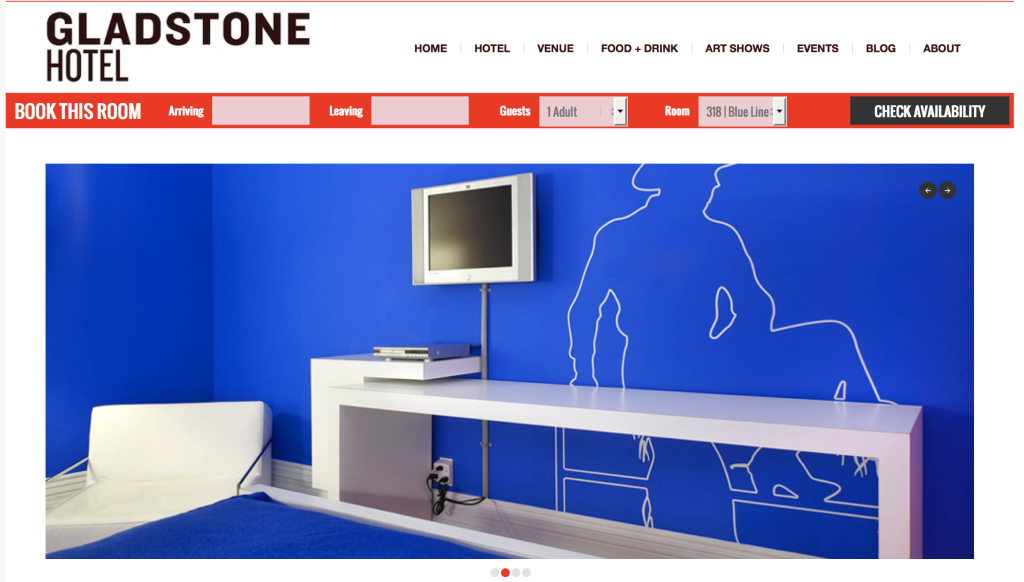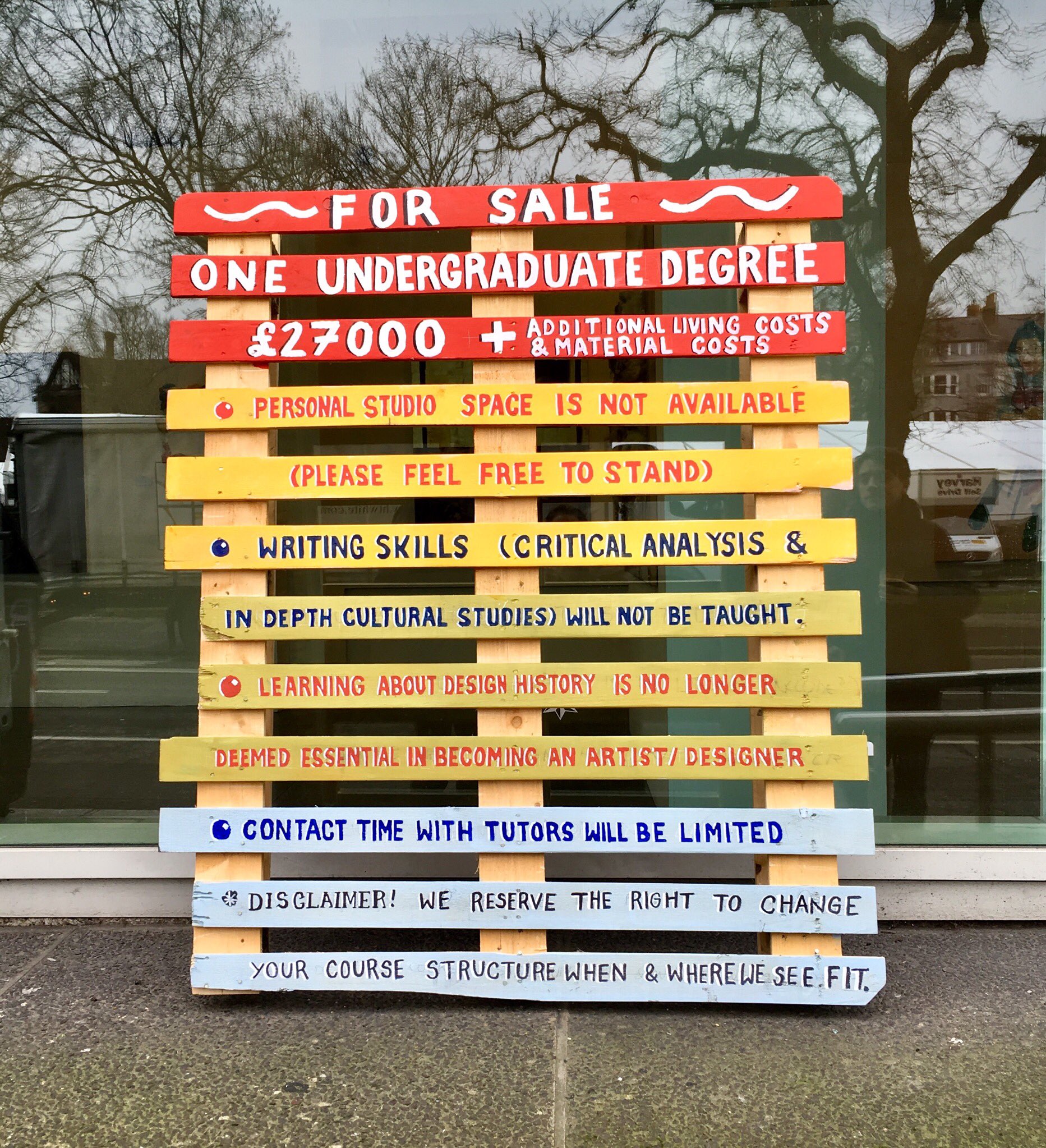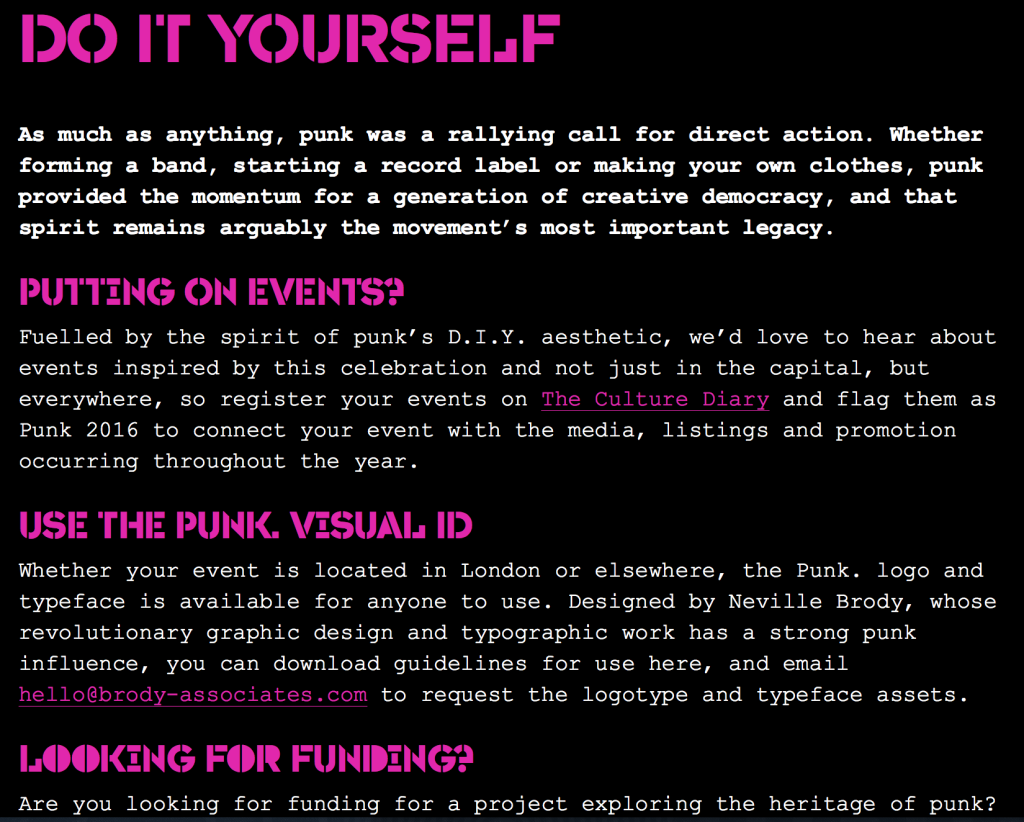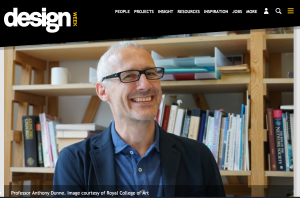Not everyone in the museum world thinks that the key to growing audiences is inclusivity and diversity. In some quarters, exclusivity and elitism are the order of the day, used to attract audiences of a different character; people too busy to queue or who don’t like crowds and prefer a “private view” atmosphere, albeit one they pay for rather than access by invitation. At this point I’m not judging the trend, but hope to look more closely at it with regard to the opening of fashion- and luxury-brand museums and the launch of new concierge and “passport” services.
This re-posting was inspired by a signpost of the trend, “Museum Oscars”, news of which came via a tweet from CNN. Reporter Maureen O’Hare ponders “surprises” on the short-list and asks why certain “giants” of the museum world are absent. Her copy answers that question without spelling it out; these awards “honor the world’s most visionary art institutions and emerging cultural hotspots”, meaning places that change rather than those that stay the same.
The Leading Culture Destinations Awards boast a glamorous list of “Ambassadors”, a coterie of “cultural nomads” who exercise their taste in judgement; such a media-friendly ploy guarantees high profile coverage. It may reek of hype (or is it just a slow-news day) but the LCD website is sleek and impressive, suggesting that a substantial investment underpins the enterprise. Aside from organising the awards, LCD combines a luxury travel agency, publishing company (online) and event management.
The category “The Best Art Experience in a Hotel” got me excited as museums and hotels are two of my favourite things, so put them together…! One nomination, The Gladstone, had just opened when I wrote about it and its near neighbour, The Drake Hotel; I visited during Toronto’s Alternative Art Fair, which happens each November just before winter weater sets in. Being “art hotels” two venues give themselves over to installations and happenings. Back in 2006 I spent a couple of days at The Drake enjoying a balmy autumnal glow, culminating in a hotel-take-over by Peaches (no less). She played an extraordinary set throughout the hotel, her exploits relayed via video link to screens dotted around the public spaces. The queen bee’s room was next to ours and she demonstrated perfect hotel etiquette; after all the excitement Peaches was gracious enough to kick out her groupies, lowering the decibels so that everyone got a good night’s sleep.
The Gladstone room that CNN rates with a mention is by Ghost Design, aka, Barr Gilmore and Michel Arcand. Suite 318, The Blue Line room works on the same principle as movie special effects sets, allowing guests to doctor their selfie shots by adding digital backgrounds. With this year’s Nuit Blanche, the all-night art rave, happening on Saturday, perhaps it’s time to get a room…

Screen Shot of “The Blue Line” room in The Gladstone




